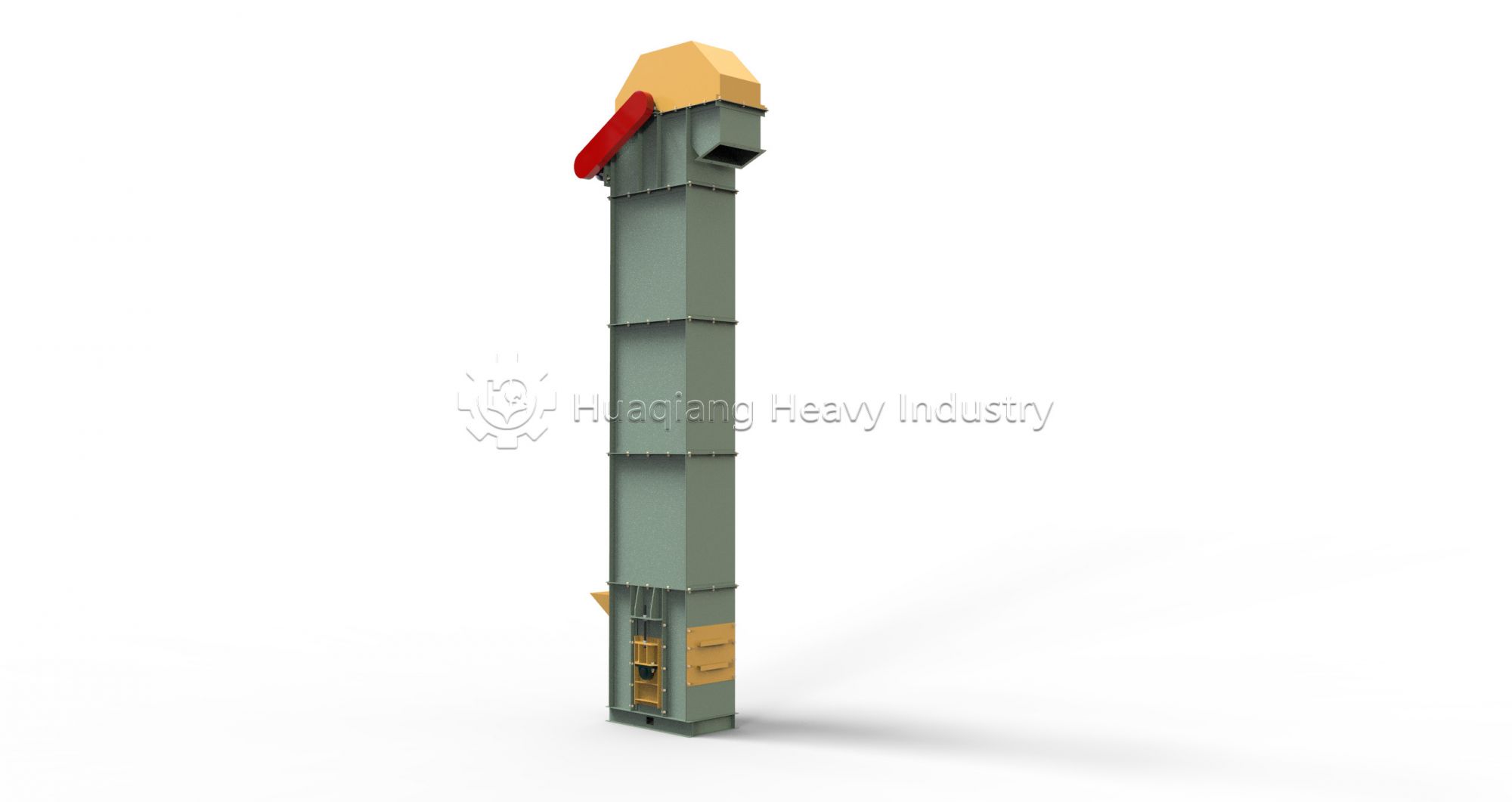2025-06-18

In modern production facilities, bucket elevators have become the preferred solution for vertical conveying of bulk materials. This efficient equipment uses buckets mounted on chains or belts to lift materials from low to high levels, widely used in fertilizer, grain, cement and other industries.
Bucket elevators primarily perform three functions:
· Vertical transportation: Overcoming gravity to lift materials to required heights (up to 50m)
· Enclosed conveying: Reducing dust pollution and material loss
· Process connection: Linking production equipment at different elevations to form continuous lines
Did you know? Compared to inclined belt conveyors, bucket elevators save 60-70% of floor space in vertical conveying[1].
The outstanding performance of bucket elevators includes:
· High efficiency: 40-50% lower energy consumption per unit than pneumatic systems
· Strong adaptability: Can handle various materials from powders to lumps (particle size ≤50mm)
· Easy maintenance: Modular design enables faster replacement of key components
· Stable operation: Mean time between failures exceeds 8000 hours
In fertilizer production lines, bucket elevators create value by:
· Automating material transport from warehouses to processing equipment
· Connecting processes like crushing, mixing and granulation into continuous flow
· Reducing manual handling, lowering labor intensity and safety risks
· Enabling precise feeding when integrated with automatic control systems
With the application of smart sensors and predictive maintenance technologies, modern bucket elevators are becoming more efficient and reliable, serving as indispensable components in smart manufacturing systems.
[1] Mechanical Engineering Society. Bulk Material Handling Equipment Selection Handbook. 2021 Edition.